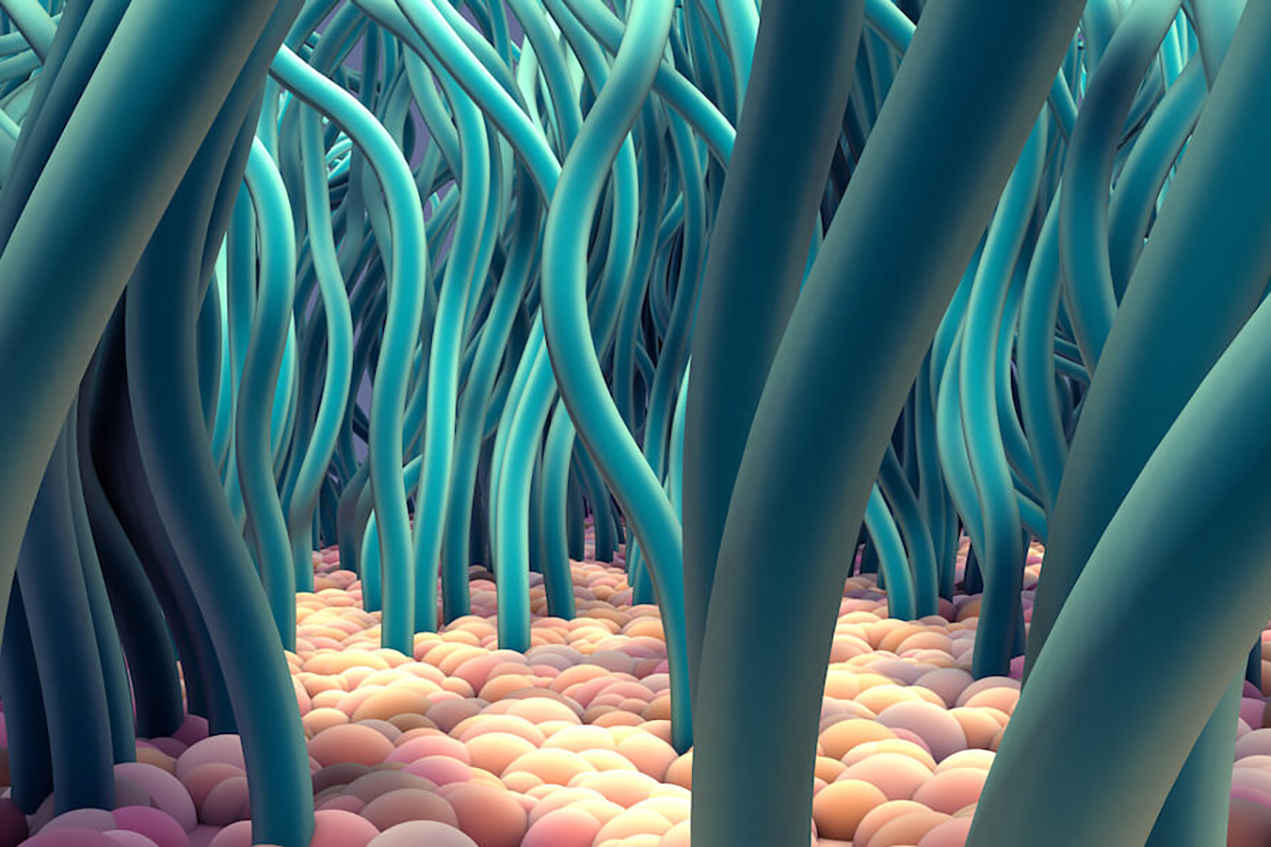Cilia, microscopic hairlike structures found along the bronchi (air passages throughout the lungs), are the first line of defense against environmental pollutants, viruses and bacteria. But we know little about how they are arranged, how they move or even how they are oriented—all factors which likely impact how well they defend and protect our airways.
With support from the National Institutes of Health, researchers from the USC Viterbi School of Engineering and the Keck School of Medicine of USC are working to bridge mathematical models of cilia behavior to biological and pathological (disease-causing) consequences. In other words, they hope to better understand how changing a variable in how cilia beats or how it is spaced might impact an individual’s health.
To continue reading this story, click here.


